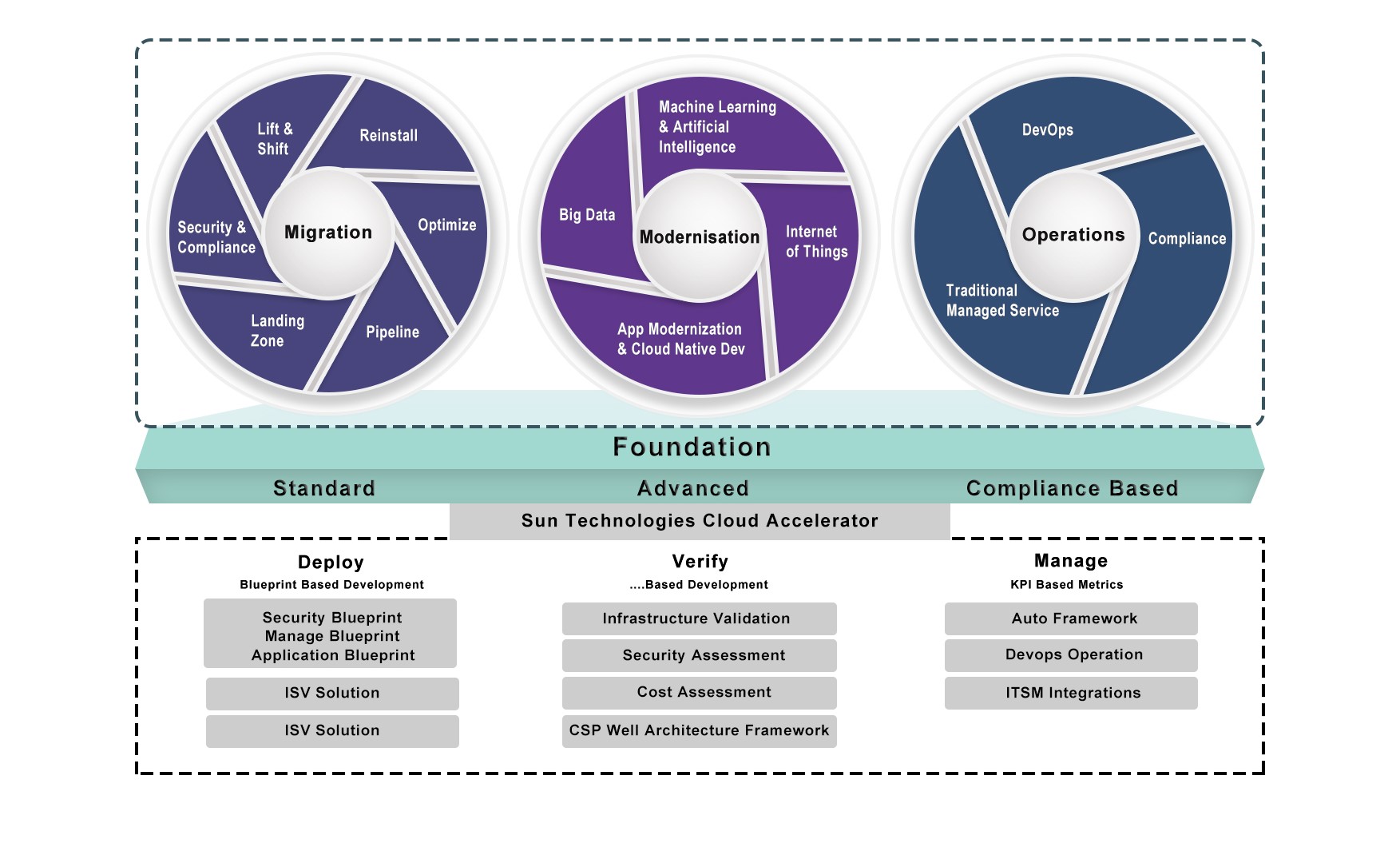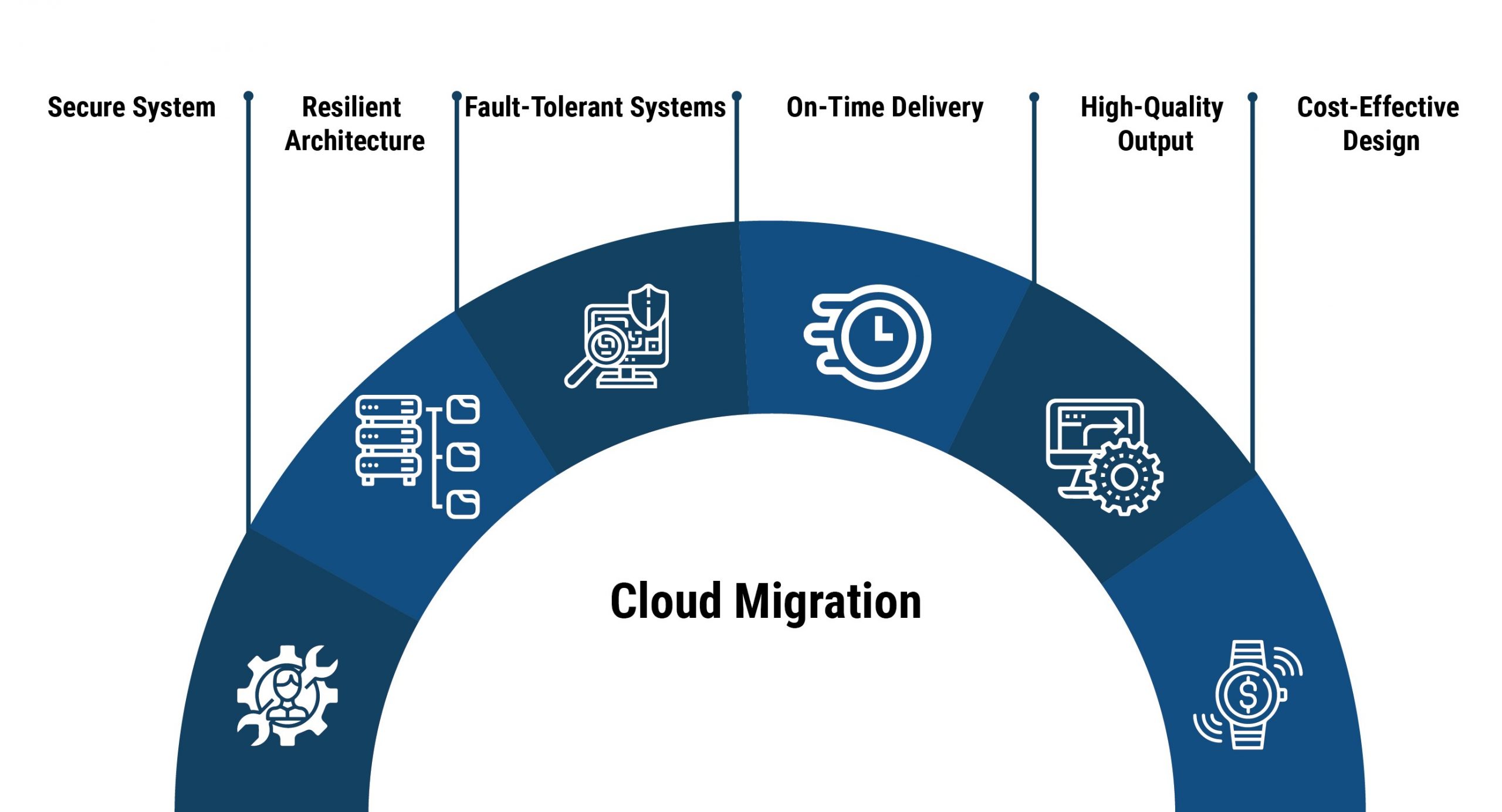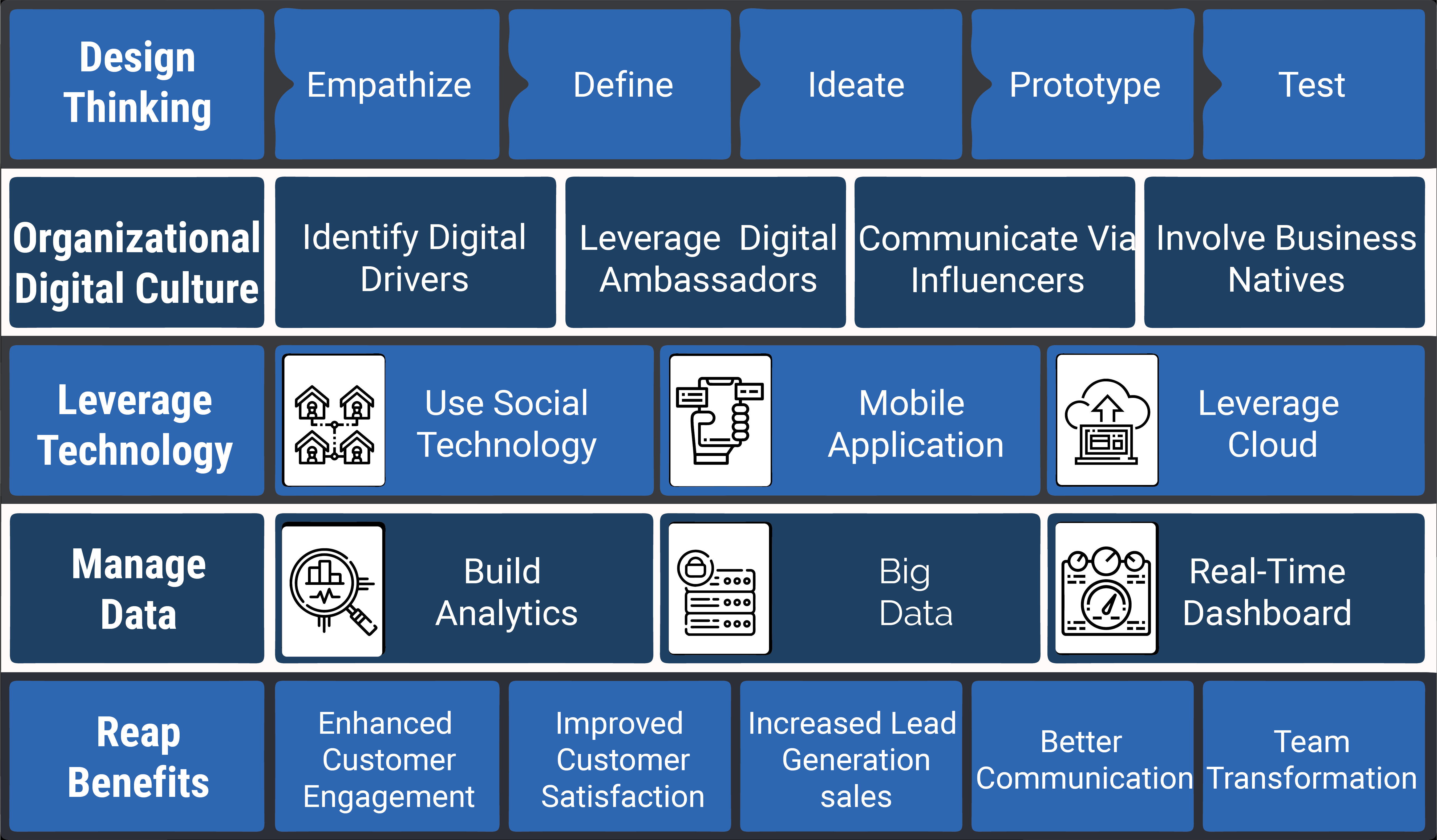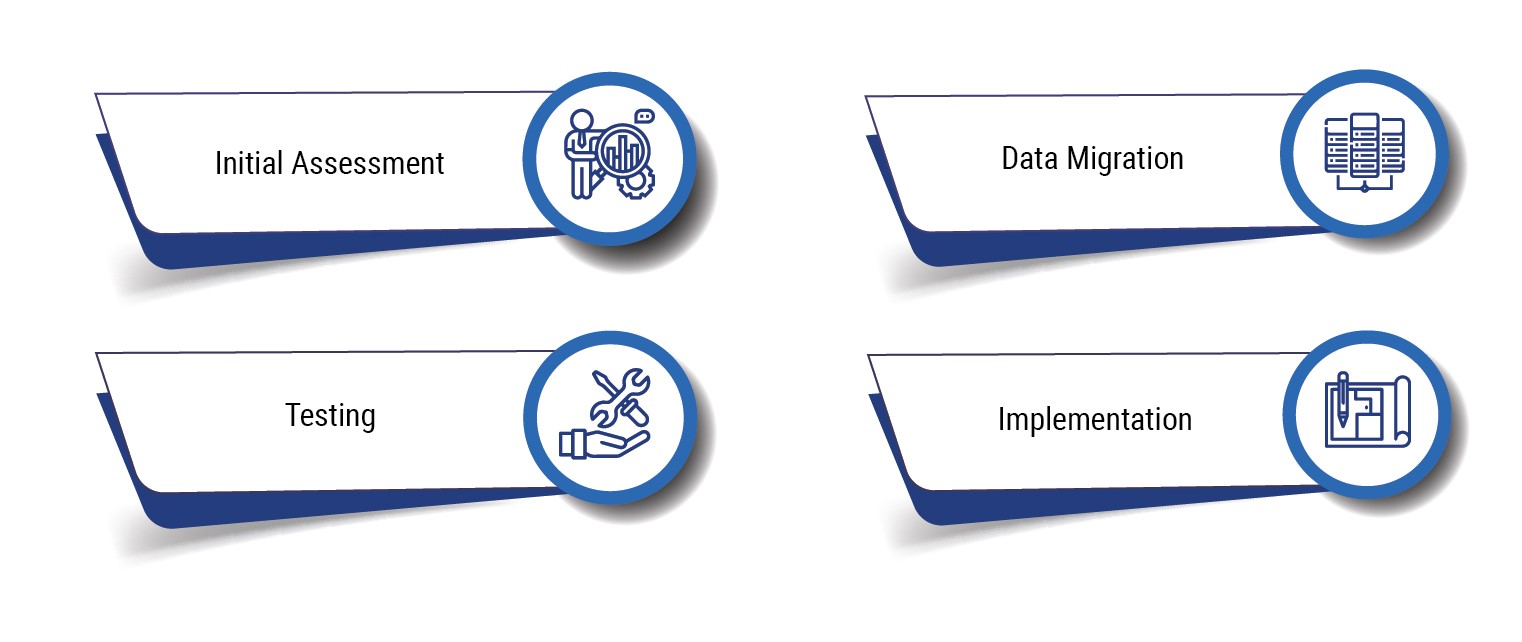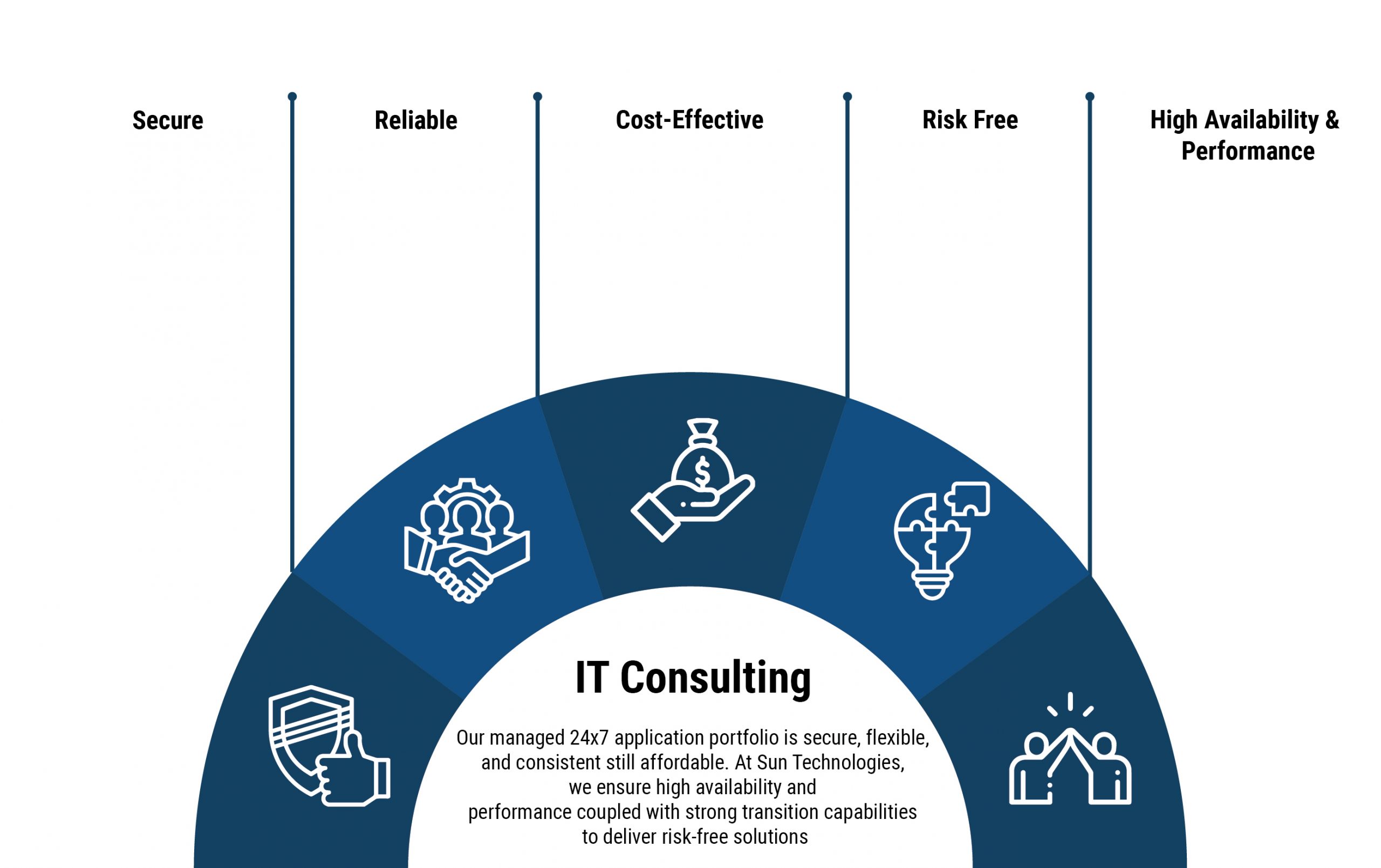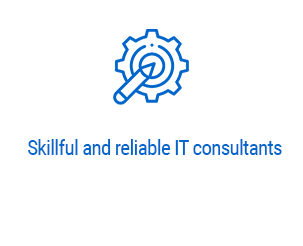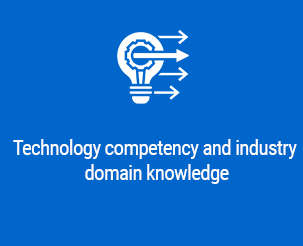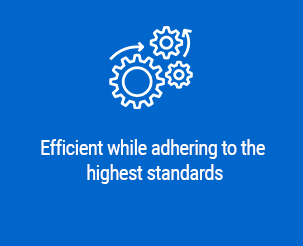Successful Growth of Digital Transformation: A Tale of Strategy
The Digital Strategy to Employ for the Successful Growth of Digital Transformation
With the continuous innovation of technology today, the ability to adapt to changes in the market is more important for businesses. By embracing current programming and refreshed procedures, your ability to respond quickly to changes in your IT environment increases ten-fold over your competitors. The enterprises Worldwide understand that digital transformation services & solutions can bring innovative new opportunities to clients. In that energy, it’s barely noticeable the troublesome – but positive – impacts that digital transformation growth can have on the organization itself. Effective transformations are regularly in contact with the change in culture. This can be hard for employees to grasp and much progressively hard for organizations to explore if they depend upon old change-methodologies.
Developing a Digital Transformation Strategy
Over 56% of enterprises without a defined digital transformation strategy fail in their initiative, or end up spending twice the money to go back and fix their errors. Attempting a digital transformation initiative without a well-defined method resembles a clock without needles. Very few organizations have the bandwidth, or even the operational ability to build the necessary roadmap needed for their digital transformation growth initiative.
If you can answer those three simple questions, you’re ready to get started with your digital strategy! Find a reliable partner who can collaborate with you to accurately assess your business requirements and also digitize your ongoing business.
Executing a program of such magnitude without a plan in place can be detrimental to business design considering that business transformation using digital technologies is a long stretch. This includes individuals, along with model and culture. Before starting any digital strategy for business transformation, it is an absolute necessity for C-level administrators to settle on three things:
- Why does your business need transformation?
- What should be transformed?
- What is the most effective method to transform a business design?
How to Lead a Successful Digital Transformation Initiative?
Digital Transformation strategy, like many IT initiatives, actually happens from end to beginning, rather than beginning to end. To successfully execute a digital transformation project, organizations must first travel to the end and ask themselves: What business results do we want to achieve for our clients? In other words, what is the end game of this initiative? Beginning by having a clear idea of the business results you want to see allows you to then choose your new digital business strategies and work in reverse from that point.
Change happens at all levels during digital transformation growth, particularly in terms of ability and capacities. Almost 70 percent of all respondents state that their enterprises’ top groups changed during the digital transformation process—most regularly when new pioneers acquainted with digital technologies joined the supervisory group.
Including such a pioneer is one of the keys to transformation success, along with the commitment of transformation-specific jobs such as pioneers of individual initiatives and pioneers of the program or transformation office who are devoting full-time to the change exertion.
Transformational drives need accurate appraisals, learning, development, and checking of:
Individuals and Culture
Limit and Capabilities
Technology
Innovation
The Essence of Digital Transformation Roles

While developing technology and rebuilt processes are significant, having the correct abilities of staff is essential to any digital transformation initiative. Software engineers, cloud computing authorities, and product administrators are all vital roles for organizations looking to turn out new products and services. DevOps pioneers arouse software development by combining development with operations, empowering organizations to consistently emphasize software to speed delivery.
Data scientists and data architects represent another piece of the puzzle as organizations try to gather bits of knowledge out of immense troves of data and transformation leans progressively on AI and Machine Learning. Furthermore, IT departments supporting business-wide transformation need UX designers, computerized mentors, journalists, conversational brand strategists, legal examiners, morals consistence supervisors, and computerized and working technology managers of Digital Transformation roles.
How can Organizations Drive Better Outcomes of Digital Transformation?
Operating models are ever-advancing and driven by input from employees and clients, the viability of business forms, and developing competitive scenarios. Popular Organizations enlarge their abilities through simple procedures and hyper-centered motivations to drive simplicity, transparency, and speed in execution.
Conclusion
As digital transformation continually changes, so do its constituent components. At this moment, most business transformation activities include the imaginative use of data, regardless of whether that includes analytics, IoT, or AI. From various perspectives, as digital transformation has developed, it has gotten more about data change than all else. Along these lines, the type of digital transformation keeps growing, which means the way towards defining digitalization stays challenging and challenged. We can make sure that transformation – in whatever structure it takes – is here to stay, which implies CIOs and the rest of the senior group must form a supportable digital business strategy.
The following are some tips and tricks you can use to ensure that your Digital Transformation initiatives are direct and effective:
- Nominate and enable function and business pioneers to drive the social change required over the organization
- Define clear jobs and duties across organizations, regions, and l support groups
- Create complementary motivations and objectives for organizations to lessen struggle and enhance resource allocation
- Establish additional questions to keep important gatherings educated and select a business owner to deal with the procedure early
- Standardize resource and information trade to guarantee that ranges of abilities are developed and multiplied

Vaidyanathan Ganesa Sankaran
Vaidy is an experienced lead Solutions Architect heading sales and project delivery for Cloud (AWS, Azure), DevOps and legacy Modernization projects with a demonstrated history of working in the information technology and services industry. He is a strong engineering professional with a Master of Science (MS) focused in Computer Software Engineering from BITS Pilani. He has the capability to manage bigger teams and generate revenue through new Sales and Account Mining.
Recent Posts
Get started on your digital transformation journey with us today!















